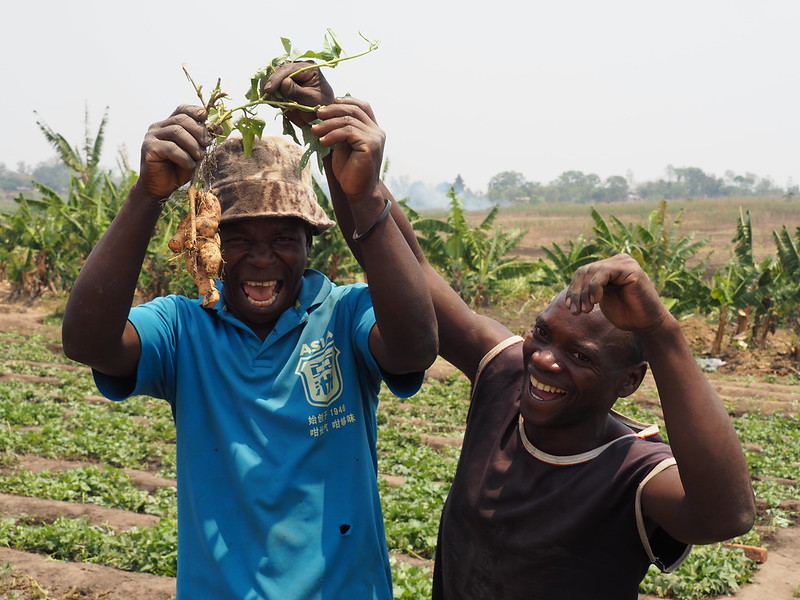 In May 2024, the Small Island Developing States (SIDS) gathered at the fourth U.N. International Conference (SIDS4) held in Barbuda and Antigua. After being recognized internationally for their multifaceted struggles towards poverty, SIDS4 proposed the Antigua and Barbuda Agenda for SIDS (ABAS).
In May 2024, the Small Island Developing States (SIDS) gathered at the fourth U.N. International Conference (SIDS4) held in Barbuda and Antigua. After being recognized internationally for their multifaceted struggles towards poverty, SIDS4 proposed the Antigua and Barbuda Agenda for SIDS (ABAS).
Disaster-Prone
SIDS are countries among the most disaster-prone areas of the world, frequently experiencing tsunamis, floods, sea-level rise and more. These factors result in the entrapment of an ongoing poverty cycle. While receiving lower levels of international development financing, about 20.7 million of the SIDS population faces poverty.
These countries reside in the Caribbean, the Pacific, and the Atlantic, Indian Ocean and South China Sea (AIS). The U.N. Office of Disaster Risk Reduction (UNDRR) has committed to numerous initiatives that invest in sustainable futures for these citizens, as disaster costs in SIDS are among the highest in the world. In the past 50 years, these countries have lost more than $153 billion on natural disaster recuperation.
ABAS was designed to build resilient economies, create prosperous societies, promote sustainable practices, and protect environmental development. Environmental concerns and natural disasters are the overwhelming priority of the U.N., due to the cumulative impacts of irregular weather patterns and natural disaster shocks.
Just in Caribbean SIDS, the UNDRR reports that between 2000 and 2022 SIDS experienced 91% of economic losses due to tropical storms, resulting in almost $32 billion in damages. While SIDS contribute less than 1% of global GHG emissions, they are the most impacted when it comes to noticeable destruction in their communities.
Poverty Rates
The United Nations Development Programme (UNDP) and Oxford Poverty and Human Development Initiative (OPHI) developed a Multidimensional Poverty Index (MPI) to determine causes and patterns in poverty rates among SIDS countries. As health and standard of living are leading contributing factors, almost 50% of the Pacific SIDS and 46% of AIS SIDS are facing poverty, according to the 2024 report.
The ABAS initiative targets preventative measures to ensure citizens will be better prepared for disasters both natural and expected. To reduce poverty, the U.N. states that they will implement “accelerated actions towards full and effective implementation of the UNFCCC and the Paris Agreement.”
The U.N. plans to support the implementation of the UAE Framework for Global Climate Resilience, operationalizing the global goal of solving natural disaster crises and reducing risks for SIDS. Another initiative to support the vulnerable population is the allocation of pre-disaster funds to build resilience and prevent a never-ending cycle of poverty.
After declaring in 1992 that SIDS were a special case regarding environment and social development, the U.N. Conference on Environment and Development committed to providing the necessary aid to meet sustainable long-term goals. With unique vulnerabilities such as small size remoteness, biodiversity loss and narrow resource space, the U.N. continues to this day to create programs of action.
The work from ABAS continues to work towards its Sustainable Development Goals (SDGs) of lessening the poverty rate in SIDS countries, policy intervention, and allowing access to international funding. Only with cross-regional research on the direct impacts of natural disasters on poverty will SIDS countries keep moving towards a more prosperous population as a whole.
– Rachael Wexler
Rachael is based in Chicago, IL, USA and focuses on Good News and Global Health for The Borgen Project.
Photo: Flickr



 Children with disabilities face
Children with disabilities face 
 The
The

 According to a
According to a 